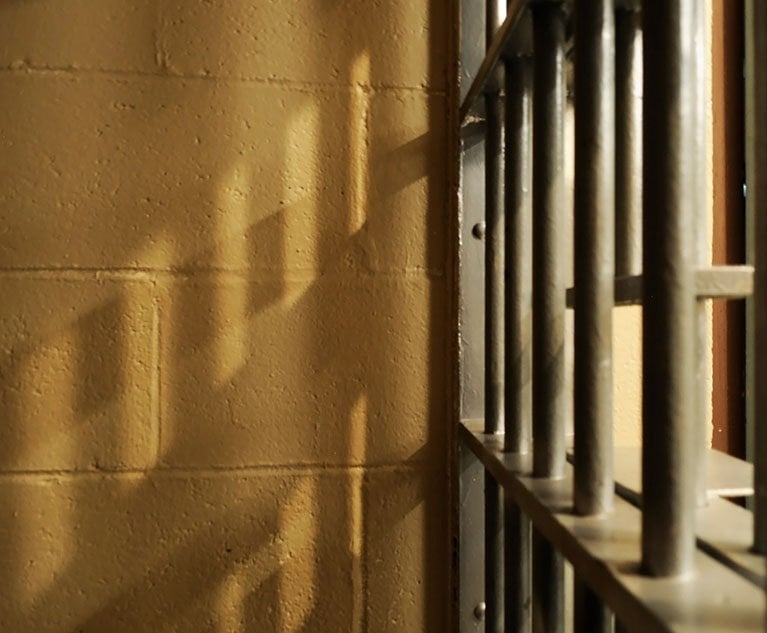It is rare that people who are convicted and imprisoned for crimes when they are actually innocent are exonerated. Currently there are only 12 people who have been exonerated in the past decade listed on the National Registry of Exonerees. Thirty five states and the District of Columbia provide for compensation to an exoneree who served time in prison before exoneration. The potential payment in New Jersey is $50,000 per year. If an exoneree successfully brings a claim for monetary damages against law enforcement personnel or their employer for violations of constitutional rights that result in a conviction, the award is subject to a set off of the money that was previously paid by the state. Because of substantial hurdles and problems of proof, and the defense of qualified immunity available to the police, public officials and public employers, there are few successful claims. Court decisions have shielded wrongdoers from liability.
On Oct. 19, 2006, Emmanuel Mervilus, then 20 years old, was arrested for allegedly robbing and stabbing an individual, and was held in the Union County jail. The allegations were untrue, and he continually professed his innocence. In March 2007, he was indicted for robbery, aggravated assault and possession of a weapon. Two months later, he agreed to take a polygraph test because he was innocent. A lieutenant of the Union County Prosecutor’s Office told him that the test was 95% accurate or better, that the machine is classified as a cold scientific evidence, and that he was not aware of any error in any of the hundreds of polygraph examinations that he performed. Mervilus took the test after stipulating the admissibility of the results in subsequent court proceedings. The lieutenant’s training as an examiner was in 1998 at a polygraph school that was unaccredited because of a finding of bias against innocent test subjects, and the device had not been inspected since it was purchased in 2001. His employer, Union County, did not provide any supervision, training or discipline. His superiors never checked the quality of his work or had his quality checked by outside experts. On at least one other occasion, the Supreme Court affirmed an appellate decision that reversed a conviction because it found that the lieutenant’s polygraph testimony was not reliable. Although the polygraph test report concluded that Mervilus was deceptive, there were questions remaining as to whether he actually committed the offense. Prior to trial, Mervilus did not agree to a plea bargain because he did not want to acknowledge guilt for something he did not do. He was convicted at a trial in February 2008. The lieutenant’s testimony was designed to persuade the jury that the polygraph exam was infallible and that it proved that the defendant was guilty. The only eye witness to the crime could not identify Mervilus at trial. The witness identified a Black man sitting in the gallery observing the proceedings instead of Mervilus. The lieutenant stated to the jury that people who are guilty fail the polygraph and innocent people will pass. In March 2008, Mervilus was sentenced to 11 years in prison with a period of parole ineligibility of 85% of the term. Part of the reason for the severity of the sentence was the court’s conclusion that there was a lack of remorse when Mervilus stated that he cannot be remorseful for a crime that he did not commit. The length of the sentence could have been reduced if he falsely admitted his guilt to obtain a plea agreement for a lesser penalty or obtain a lesser sentence by the sentencing judge if he admitted his guilt and stated that he was remorseful. In February 2011, the Appellate Division reversed the conviction because of the admission of the polygraph evidence and the testimony of the lieutenant polygraph examiner, found to be improper and prejudicial. The prosecutor declined to dismiss the charges. The second trial was in June of 2013. The prosecutor decided not to introduce the testimony of the lieutenant or the faulty results of the polygraph examination. The eye witness was again unable to identify the defendant as the assailant. The jury entered a finding of not guilty on all charges after 30 minutes of deliberation. He had served 1,454 days behind bars.
This content has been archived. It is available through our partners, LexisNexis® and Bloomberg Law.
To view this content, please continue to their sites.
Not a Lexis Subscriber?
Subscribe Now
Not a Bloomberg Law Subscriber?
Subscribe Now
LexisNexis® and Bloomberg Law are third party online distributors of the broad collection of current and archived versions of ALM's legal news publications. LexisNexis® and Bloomberg Law customers are able to access and use ALM's content, including content from the National Law Journal, The American Lawyer, Legaltech News, The New York Law Journal, and Corporate Counsel, as well as other sources of legal information.
For questions call 1-877-256-2472 or contact us at [email protected]


 Credit: woodsnorth/Adobe Stock
Credit: woodsnorth/Adobe Stock




